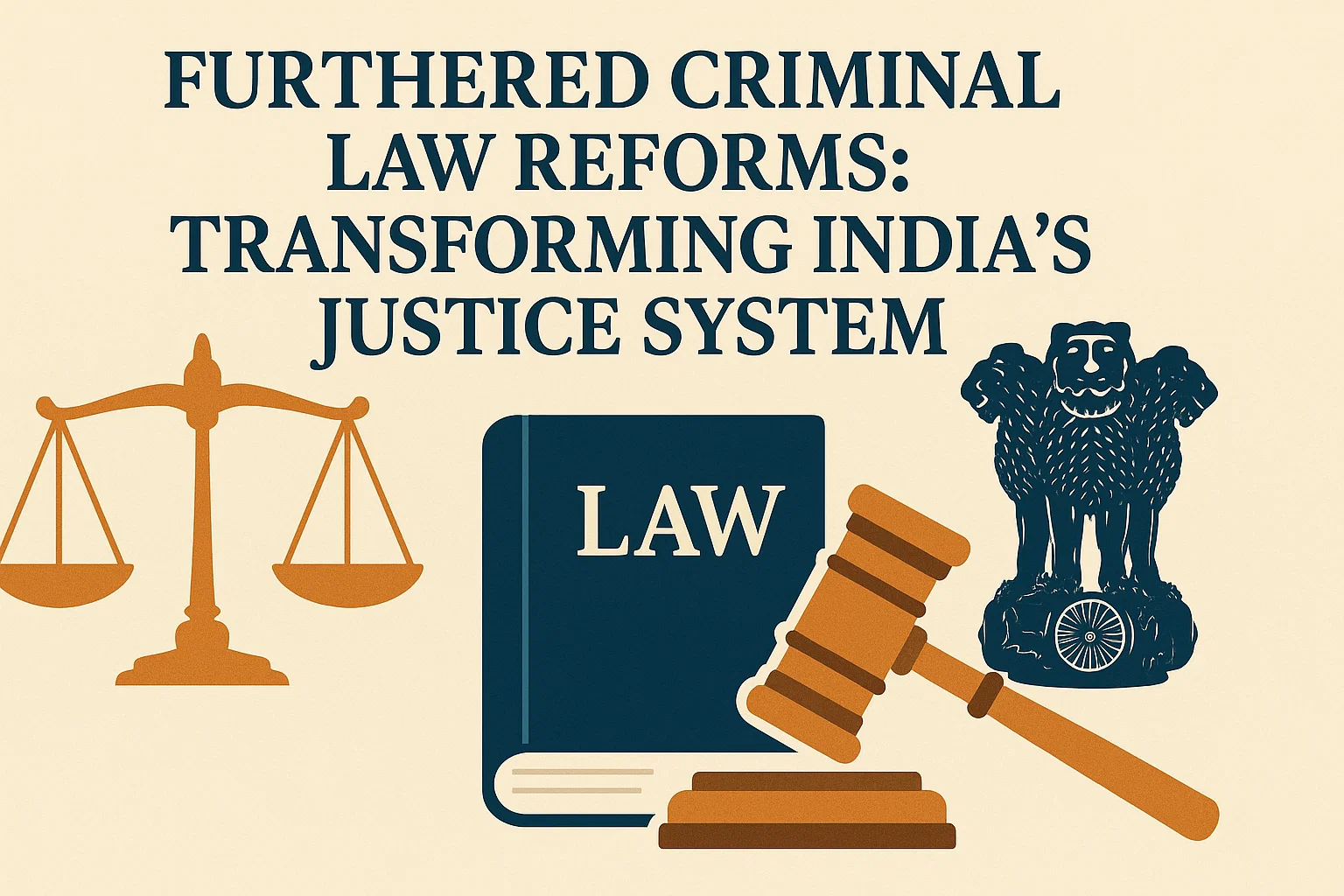Font size:
Print
World Thalassaemia Day 2025
A silent burden: Thalassaemia patients battle disease with hope and hardship
What Is Thalassaemia?
- Thalassaemia is a group of inherited blood disorders that affect the body’s ability to produce hemoglobin, the protein in red blood cells responsible for carrying oxygen throughout the body.
- In thalassaemia, the body either produces less hemoglobin than normal or produces abnormal hemoglobin, leading to fewer healthy red blood cells and resulting in anemia-a condition marked by fatigue, weakness, and pale skin.
Types of Thalassaemia
There are two main types, classified by which part of the hemoglobin molecule is affected:
- Alpha thalassaemia: Caused by mutations in the genes that make the alpha globin chains of hemoglobin. Severity depends on how many of the four alpha genes are mutated or missing.
- Beta thalassaemia: Caused by mutations in the genes that make the beta globin chains. Severity depends on whether one or both beta genes are affected.
Inheritance and Causes
- Thalassaemia is inherited in an autosomal recessive pattern, meaning a child must inherit the defective gene from both parents to develop the more severe form (thalassaemia major).
- People who inherit only one defective gene are carriers (thalassaemia minor) and often have no or only mild symptoms but can pass the gene to their children.
Who Is Affected?
- Thalassaemia is most common among people of Mediterranean, South Asian, Southeast Asian, Middle Eastern, and African descent.
Thalassaemia in India: Overview and Current Scenario
Prevalence and Burden
- India has the highest number of thalassaemia major patients globally and is often referred to as the “Thalassaemia capital of the world”.
- The estimated carrier frequency for β-thalassaemia is 3–4%, translating to about 30–50 million carriers in a population exceeding one billion.
- Each year, India sees 10,000–15,000 new cases of thalassaemia major, contributing to roughly 25% of global cases.
- Specific regions and communities-such as Punjabis, Sindhis, Bengalis, and Gujaratis-show even higher carrier rates, sometimes reaching 5–17%.
Key Challenges
- Healthcare Infrastructure and Access:
- Blood Transfusions: Thalassaemia major patients require lifelong blood transfusions every 15–20 days, along with iron chelation therapy to manage iron overload. This places a significant financial and logistical burden on families and the healthcare system.
- Financial Burden: The annual cost of managing a thalassaemia major patient ranges from INR 100,000–250,000 (USD 5,389–13,474), which is substantial for most Indian families.
- Quality and Safety: Blood safety remains a concern. While some states have adopted advanced Nucleic Acid Testing (NAT) for blood screening, most rely on older methods, increasing infection risks.
- Awareness and Screening:
- Low Awareness: Many carriers are unaware of their status, leading to unintentional transmission of the disease to offspring.
- Screening Gaps: Although some states (e.g., Gujarat, Punjab) have implemented screening programs, nationwide coverage is lacking. Prenatal and premarital screening are not yet universally practiced.
- Social and Psychological Impact:
- Stigma: Thalassaemia patients and their families often face social isolation and stigma due to ignorance and misconceptions about the disease.
- Quality of Life: Frequent hospital visits, chronic illness, and financial strain affect the overall quality of life for patients and their families.
Government and Community Initiatives
- Policy and Programmes: The Government of India has included thalassaemia care in its National Program for Control of Blood Disorders (NPCBD), focusing on awareness, screening, and provision of transfusion services.
- Free blood transfusions and chelation therapy are provided in several states, including Delhi, Punjab, Gujarat, Maharashtra, and Jammu & Kashmir.
- May 8th is observed as National Thalassaemia Day to promote awareness and education.
- Patient Support and Advocacy: Parent and patient societies-such as Thalassemics India and the Federation of Indian Thalassemics (FIT)-play a crucial role in advocacy, education, and support.
- Approximately 60 such societies exist across India, working to improve care and lobby for better government support.
Countries like Cyprus have demonstrated that with strong political will and comprehensive screening, thalassaemia can be virtually eradicated. India could potentially achieve similar results through concerted efforts in education, screening, and policy implementation.
Treatment Options
- Bone Marrow Transplant (BMT): The only curative treatment, but it is expensive and requires a matched donor. Some centers in India offer BMT, especially for children.
- Gene Therapy: Emerging as a potential cure, but currently remains costly and limited in availability.
- Mandatory Antenatal Screening: Experts recommend universal HbA2 testing for all pregnant women in the first trimester to identify carriers early.
- Genetic Counseling: Counseling and education are essential to prevent marriages between carriers and reduce new cases.
- School and Community Screening: Early detection through targeted screening programs in schools and high-risk communities is advocated.


